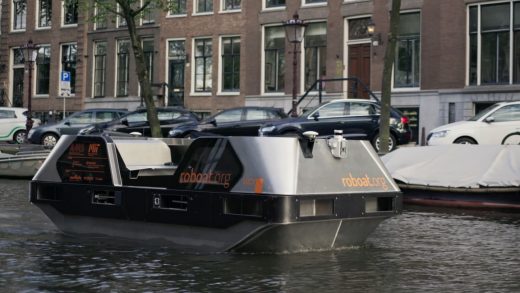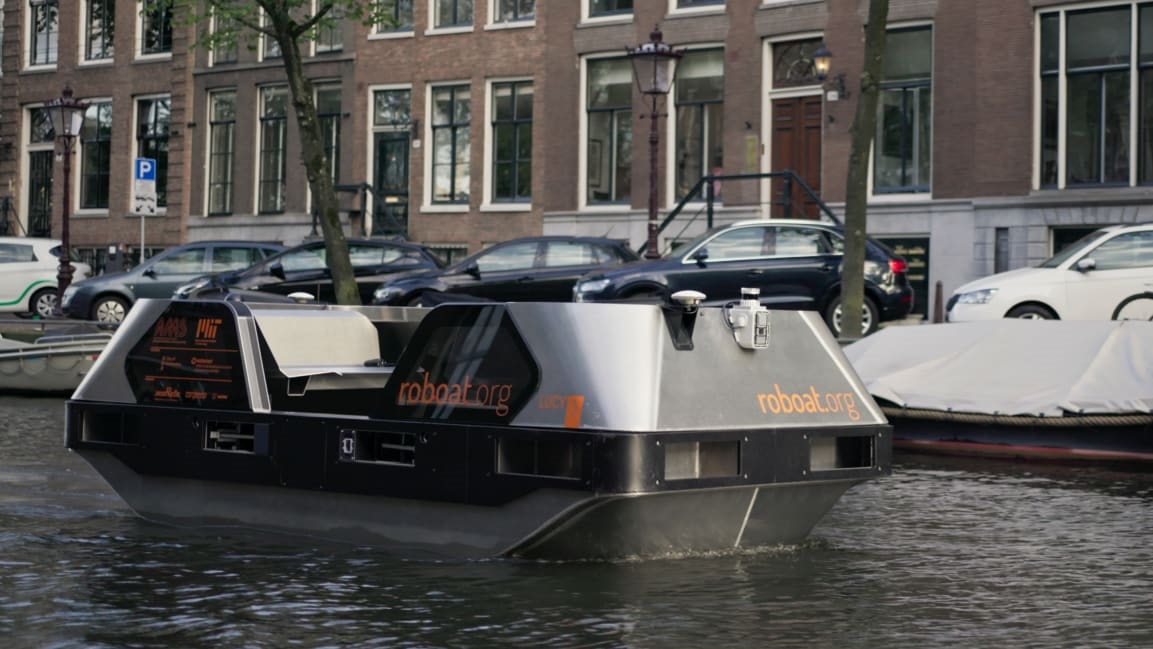This autonomous, robotic boat could transform a city’s waterways
In Amsterdam, autonomous, electric boats are navigating the city’s vast network of canals, ready to ferry passengers as a water taxi, collect trash as part of a waste management system, deliver packages, or even turn into a temporary bridge or floating stage. It’s a kind of dynamic infrastructure that can adapt to the needs of a city as they change, and help Amsterdam decongest its streets and better use its waterways.
The robotic boat, called Roboat, is a project from MIT’s Computer Science and Artificial Intelligence Laboratory (CSAIL) and Senseable City Laboratory, with the Amsterdam Institute for Advanced Metropolitan Solutions. A research project about six years in the making, two Roboats are now entering the water, ready for people to use them.
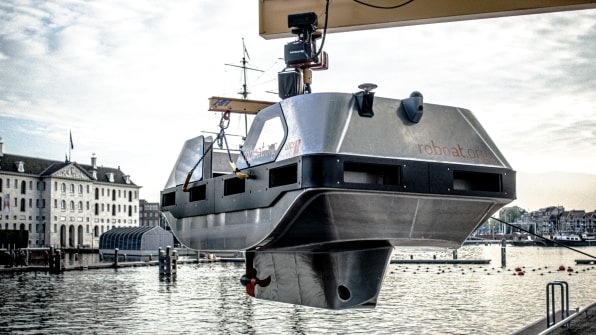
By simply changing out the decks, the boats can switch among its different uses—water taxi, waste collection, even a bridge the team has dubbed RoundAround, for which multiple robotic boats communicate with each other to continuously travel in a circle, shuttling people from one side of a canal to another. The Roboat was designed with a universal hull that stays the same, as decks for a five-person water taxi or waste collection bins are swapped in or out.
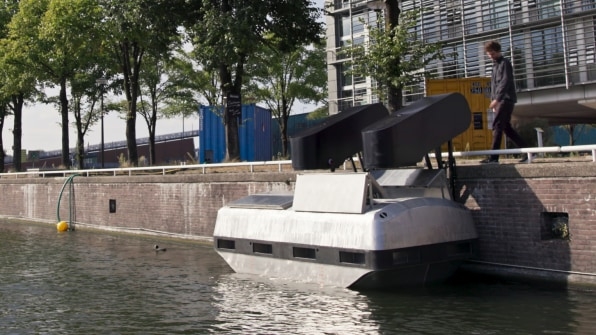
When it comes to waste management, the Roboats could help alleviate street traffic from garbage trucks on Amsterdam’s narrow roads. Waste collection in the city is currently done curbside, and underground trash bins, common outside of the historic city center, cannot be added around the canals and quays. “That’s a big problem in many cities along the water like Amsterdam or Venice, where it becomes difficult to run waste management operations in a traditional way,” says Carlo Ratti, director of the MIT Senseable City Lab.
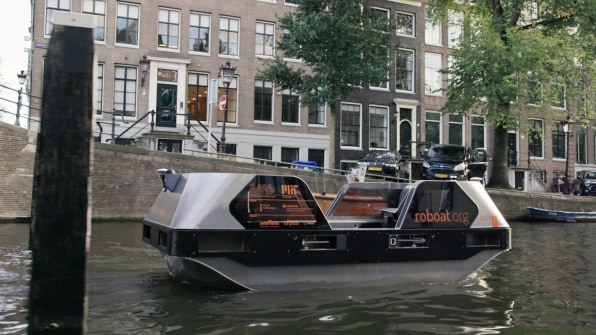
Instead of curbside pickup by trash trucks (likely with combustible engines), the Roboats can drop off floating bins in the canals, where residents can easily walk to drop off their garbage bags. Then, the boats can autonomously pick up those bins and take away the trash. The electric Roboats can operate for 10 hours and then be wirelessly charged.
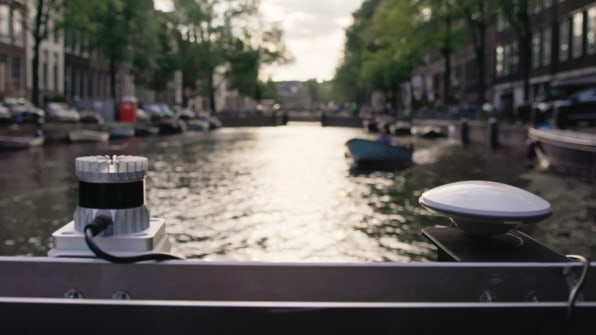
To navigate the canals, the Roboats use lidar and cameras to get a 360-degree view of their surroundings. These sensors allow the boats to scan their environments, avoid collections, and at the same time, collect data about the city. One use could be to monitor the retaining walls of the canals, which can collapse. “The same data that helps the Roboats navigate becomes interesting data that allows a better understanding of the city in real time, and hopefully prevent some possible issues,” Ratti says.
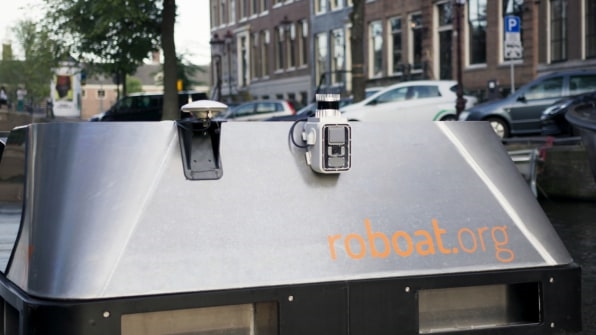
Ratti says that adding another vehicle to the canals won’t be a concern for congestion because compared to Amsterdam’s roads, the canals are underutilized. As road infrastructure built up in the 20th century, the canals were used less and less for services like moving goods and people, leaving “spare capacity” in the canals. “In the past, the canals were really the main mobility infrastructure of the city. In the 20th century, they’ve lost some of this function, and we believe with new technologies like the Roboat, we can bring some of this function back,” he says, “and that will make the whole city more sustainable, because it becomes a way to decongest the street and also move from combustion engine to electric mobility.”
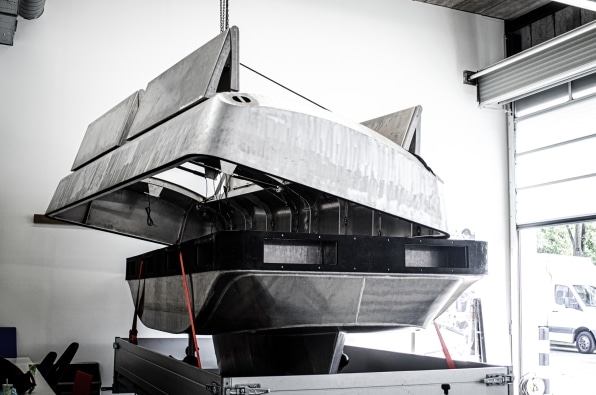
Beyond their function as a water taxi or waste management, Ratti says his team sees the Roboats as something “broader, more like a dynamic responsive platform for the city.” If the city wants to put on a concert, the Roboats could come together to make a temporary floating stage. The RoundAround bridges are another example where instead of new, concrete infrastructure being built, the Roboats can respond to the foot traffic needs of the city in real time with a new kind of self-assembly architecture.
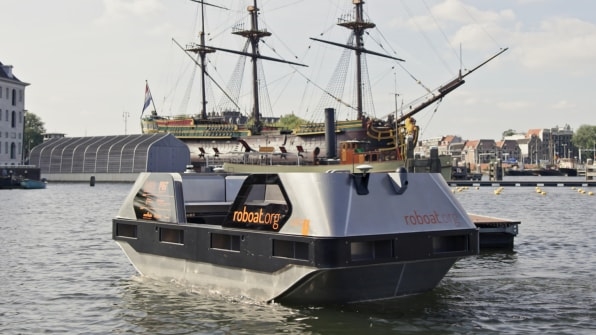
“Traditionally when we think about infrastructure, we think about something static, we think about steel and concrete,” Ratti says. “If you’re able to be dynamic, then you can be much more responsible, they can help you adapt to the changing needs of the city. We could say one of the tragedies of the 20th century city was really this kind of extreme rigidity, where you had to build giant infrastructure that is used just at full capacity during peak time, and then for the rest it would be used very little.”
Roboats are an example of what he thinks the 21st century city could be more like, “which is not only asphalt but also silicon,” meaning with intelligence and data. “If you combine a dynamic infrastructure with intelligence and with data, then you can really be much more efficient in the way you use resources.”
(26)

